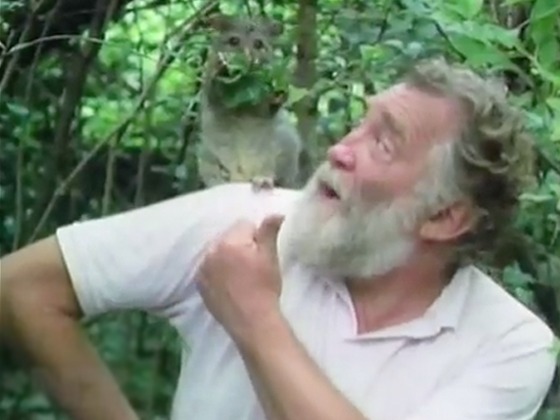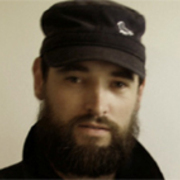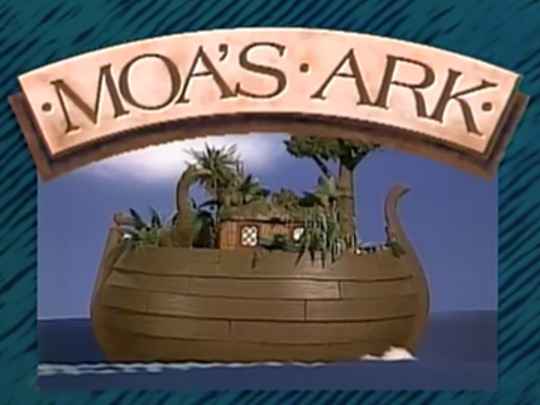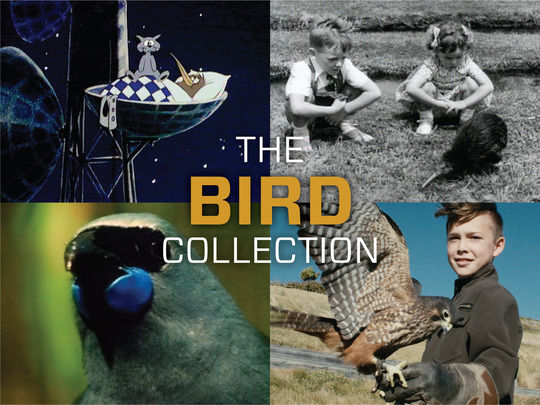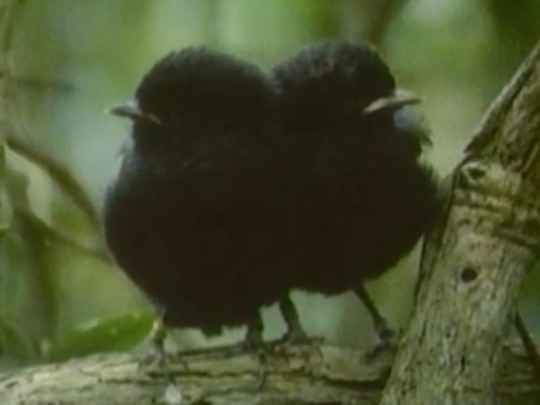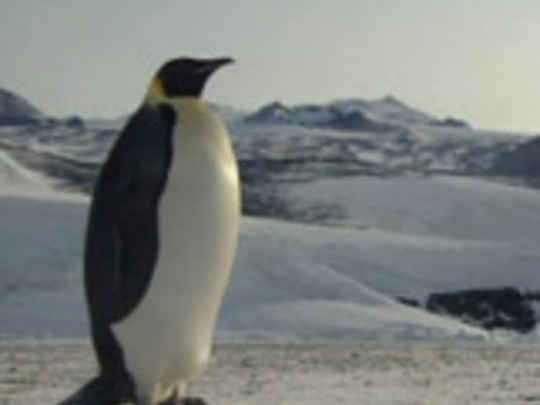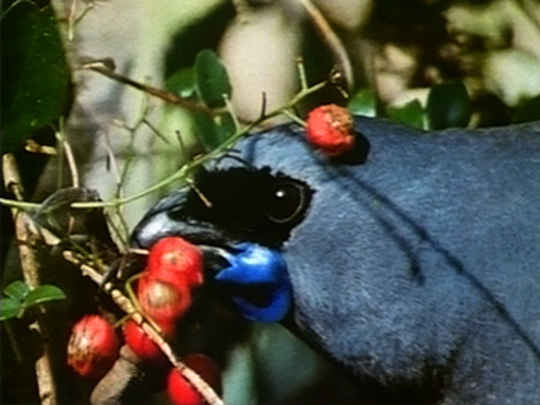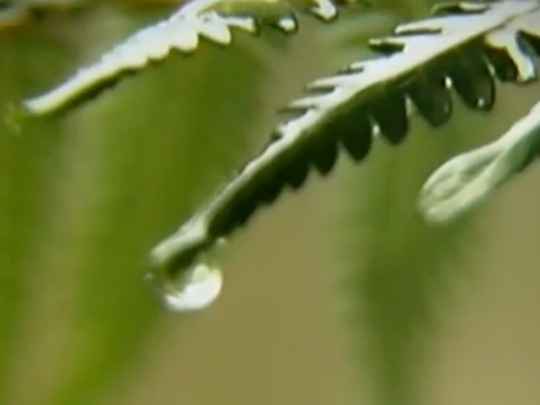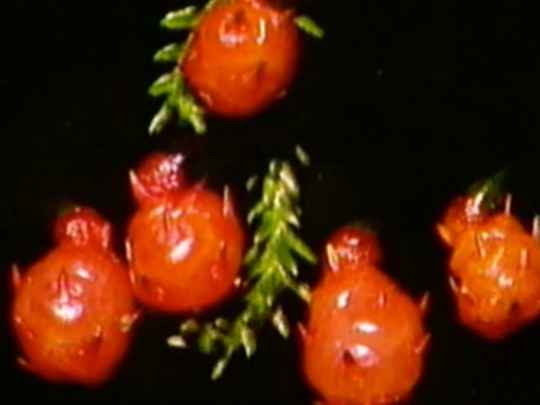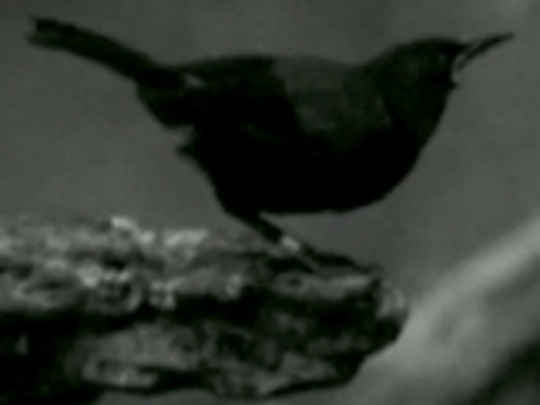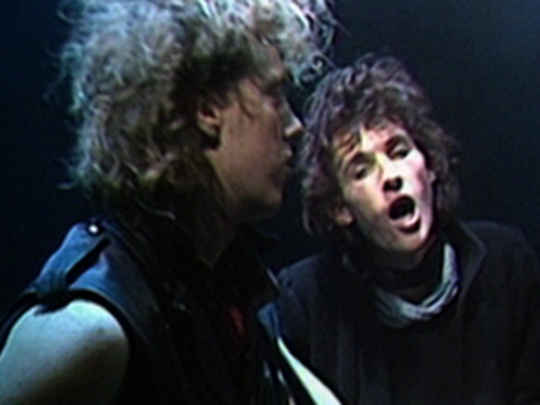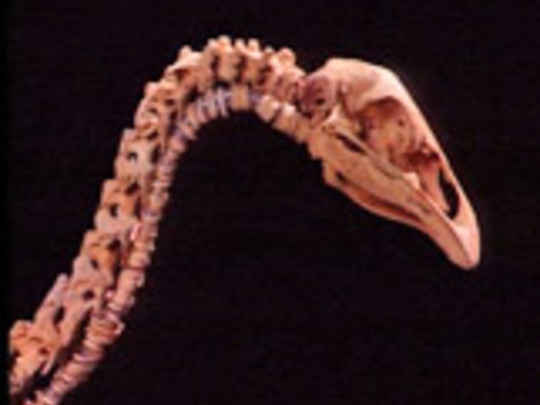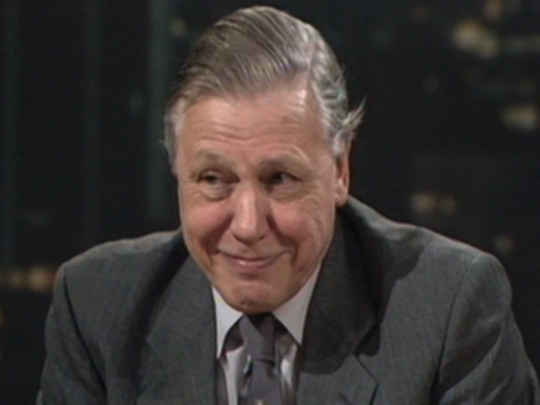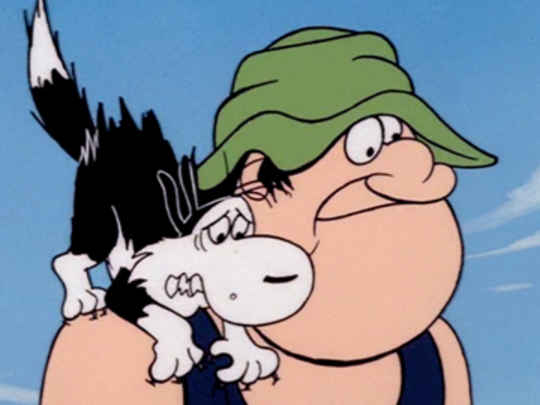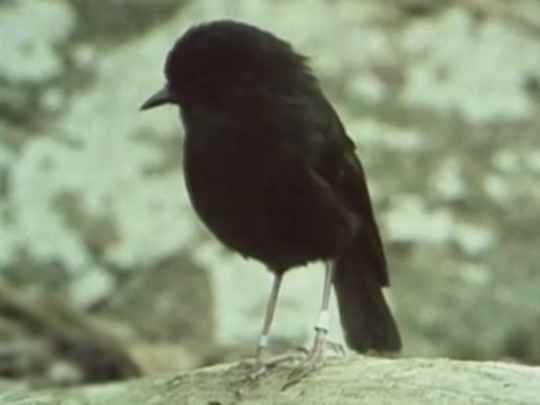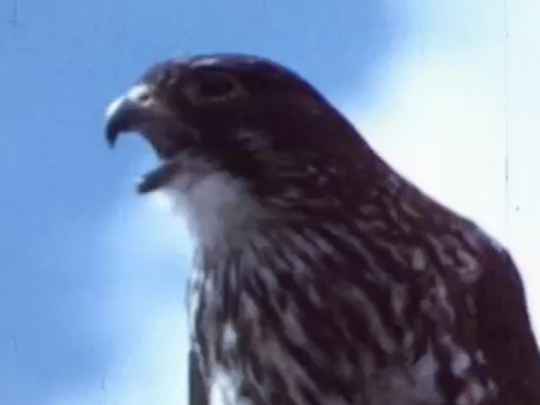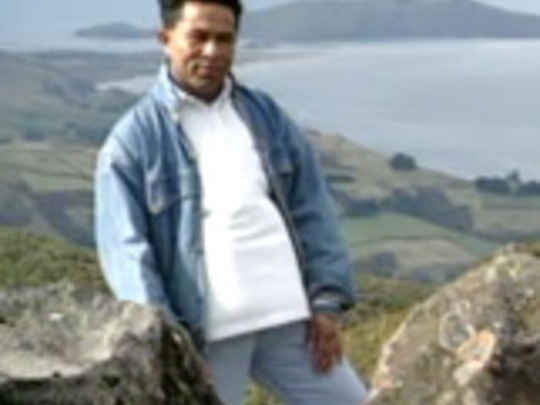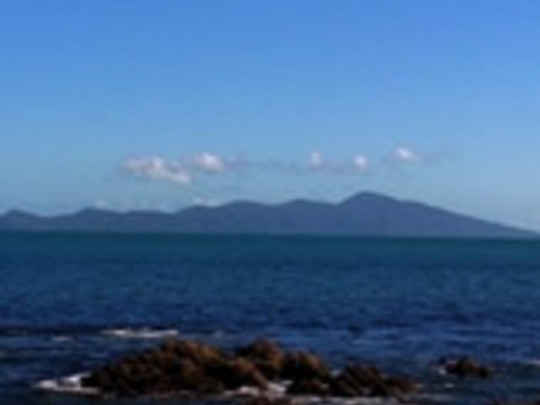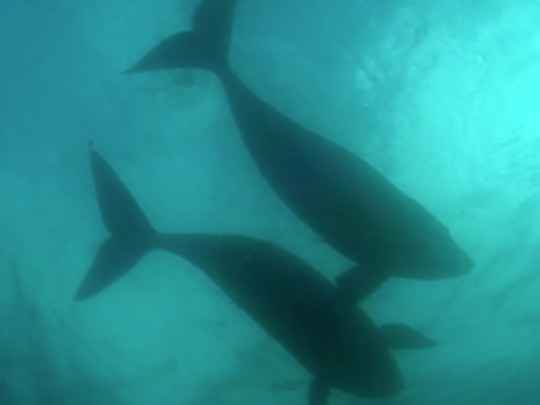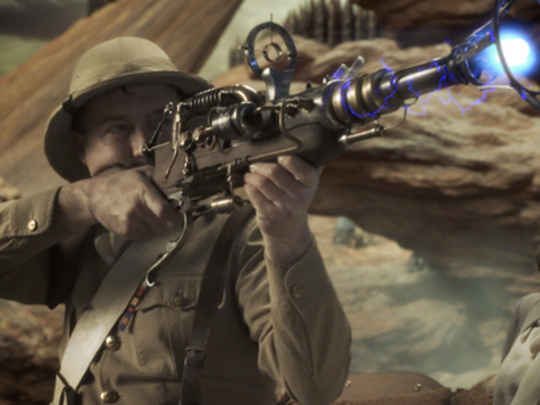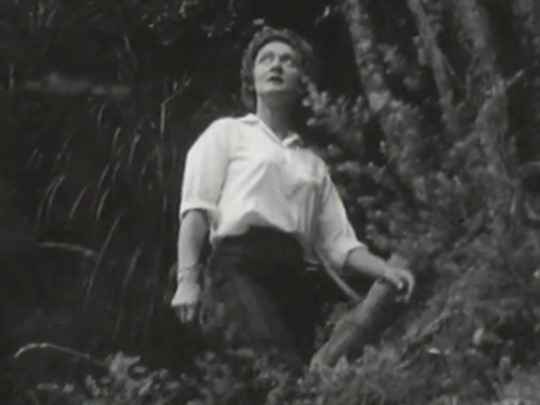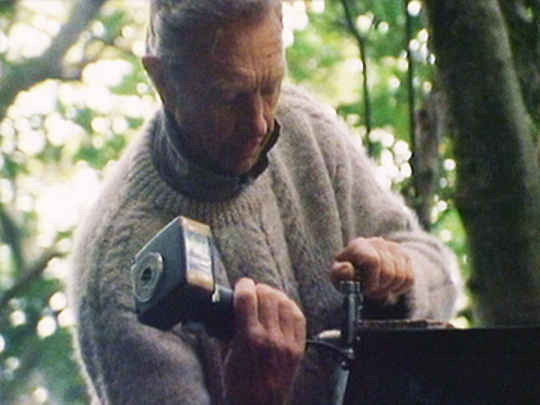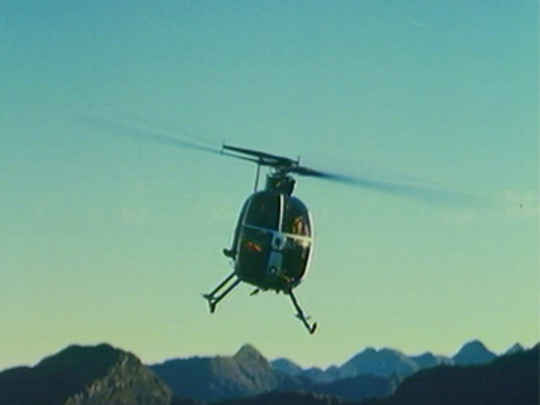Moa's Ark : To the Lifeboats
Television (Full Length) – 1990
A Series Perspective
The billboards hawking Aotearoa to international tourists sell the experience and environment as ‘100% Pure'. But why is New Zealand's landscape, flora and fauna so unique? Renowned English naturalist David Bellamy, with his famous lisp and impassioned enthusiasm, sets out to discover the answer in this four part series produced by Television New Zealand's Natural History Unit.
Eighty-five million years ago when the mass of islands that make up New Zealand were cast adrift from the ancient super-continent of Gondwanaland (separating us from Australia and Antarctica), the result was an evolutionary petri dish. Plants and animals developed in isolation from many of the influences that shaped the rest of natural world, and Aotearoa was the last major land mass to be settled by people. Evolutionary biologist Jared Diamond (Guns, Germs, and Steel; Collapse) called it "the nearest approach to life on another planet". Bellamy calls it ‘Moa's Ark'.
Bellamy (with director/producer Peter Hayden and zoologist Brian Springett) uses the ark metaphor to explore New Zealand's natural past. Bellamy enthuses about the unique forms unknown in the rest of the world: from giant trees and ferns which first stood upright here 350 million years ago (kauri, tōtara, rimu, kahikatea); to a menagerie of curious birds: (kiwi, kākāpō, huia, takahē, kea, hihi, kōkako); and living fossils (the pocket dinosaur tuatara, grasshopper wētā, mute frogs and giant kauri snails); to warm-blooded mammals and flowering plants. He traces their particular evolution in New Zealand.
The series is named after perhaps the most iconic of the ark's refugees: the giant flightless bird, the moa. The world's largest bird could stretch up to three metres tall and weighed as much as 275 kilograms. The moa's only predator was Haast's Eagle, which had a wingspan of three metres and claws as big as a Bengal tiger.
Finally the ark welcomes a new passenger, humans. Bellamy describes the devastating effects of hundreds of years of human presence. Many of our natural taonga have only been able to survive on offshore ‘lifeboat' islands.
Accompanied by a kōkako singing in the treetops in a mainland ‘island' in Mapara, Bellamy muses that the kōkako's haunting chords would once have been heard in back gardens. He ends his journey on a sober but hopeful message: "Every time a species goes to the wall of extinction it becomes more difficult not only to keep Moa's Ark afloat, but also to save the world. The whole world is dying because we, in our struggle for survival, are destroying the very fabric of the natural systems that hold the world together. New Zealand is showing how [through conservation innovations] we can put at least parts of it back into working order. The call of the kokako on the mainland of Moa's Ark [as opposed to an offshore island] signals the end of the decades of destruction and the beginning of the years of reconstruction."
The production was produced by Television New Zealand's Natural History Unit, under the leadership of Michael Stedman, who had returned to Dunedin from Australia in 1987 to steer the unit. The unit was then best known for its popular Wild South series of nature documentaries. Stedman would later initiate the unit's sale to Fox Studios and guide it's rebirth as NHNZ (Natural History New Zealand); NHNZ is now delivering factual television (mainly focused on the natural world) to networks like Discovery Channel and National Geographic.
Directed and produced by long-time NHNZ collaborator Peter Hayden, Moa's Ark makes full use of Bellamy's infectious zeal. Bellamy was well-known in New Zealand for his "old man's beard must go!" public service advertisements, and various scenes see him gamely diving into rivers, hanging from and hugging trees, spelunking into caves, gallomping over live volcanoes, buried under lava, loafing in hot pools ... even competing in the Coast To Coast adventure race.
Moa's Ark was on the cusp of a change of styles in nature documentary shooting. When it was screened in 1990 on TV One, documentary fatigue was setting in; certainly from programmers and advertisers, and perhaps from a younger generation of audience members looking for alternatives to classic Our World style observational shooting. Discovery Channel (formed in 1985) was in its ascendency, with new programming, like Shark Week (which first aired in 1987) and extreme contests between charismatic kings of the jungle, skies or oceans, proving hugely popular.
Moa's Ark mixes an old school Attenborough-like style (presenter delivered information) with a more contemporary tone (fast-paced and informal) pitched at a popular audience. For example, animated graphic elements, or Bellamy cheerfully delivering sometimes light-hearted pieces to camera dressed up as Robin Hood, Indiana Jones, or impersonating a volcanic eruption; or Bellamy describing NZ's unique mountain buttercups as botany's "apres-ski set".
Sadly, for new generations of New Zealand audiences, and particularly for the birds and bush unique to here, Moa's Ark was arguably the last time that that a series dedicated to our flora and fauna was deemed (and funded) to be mainstream broadcast material. For programmers, birds (particularly nocturnal shy flightless ones) just didn't fit the primetime prescription anymore.
Sad, because driven by a charismatic and clearly impassioned personality, Bellamy's Moa's Ark journey does for birds what Marcus Lush's main trunk line trip would later do for trains in Off the Rails: prove that authentic local subject matter (that might have previously been considered ‘unfashionable') could make for quality and high-rating television.
Dunedin-based NHNZ is recognised as a world leader in natural history based factual television production; it's ironic that in the nearly two decades since Moa's Ark most of its product has been commissioned and shown offshore.
For ark inhabitants like the kōkako, being celebrated on our screens might mean the difference between becoming a garden visitor or a zoo curio.
- Paul Stanley Ward is a nature-lover and scriptwriter; he was also Founding Editor of NZ On Screen.
